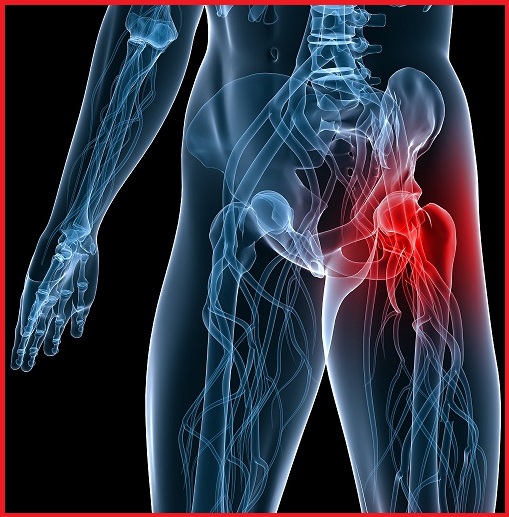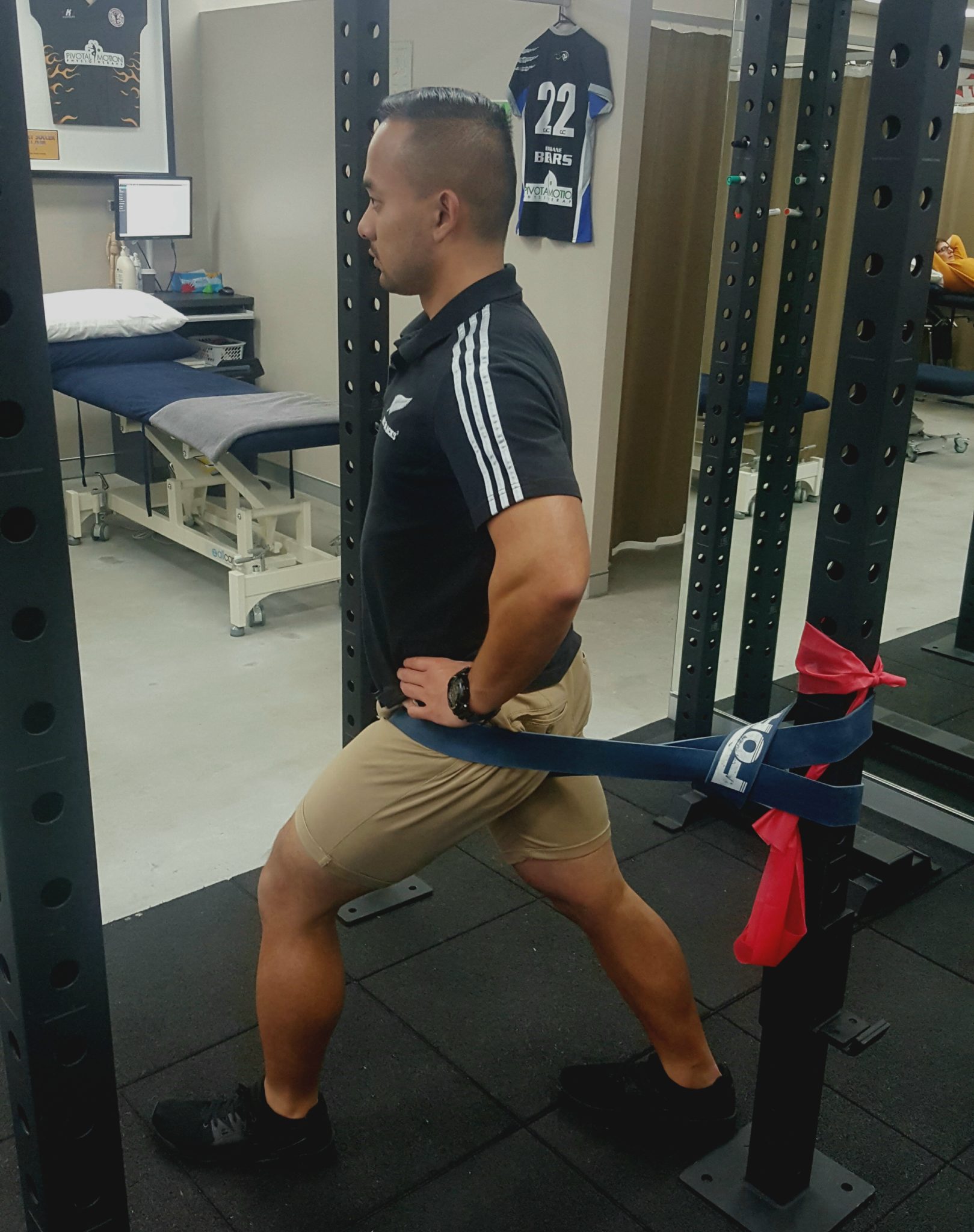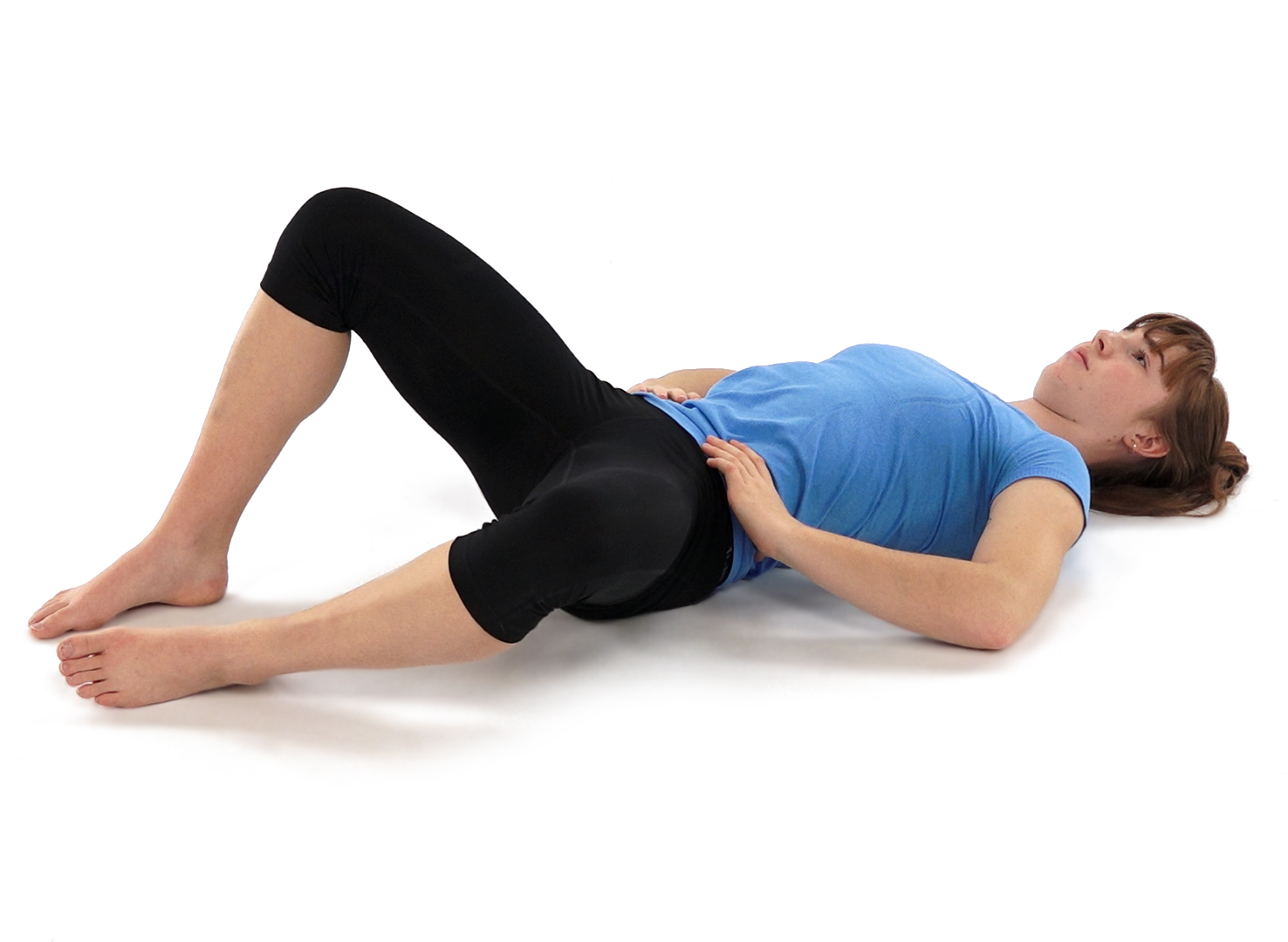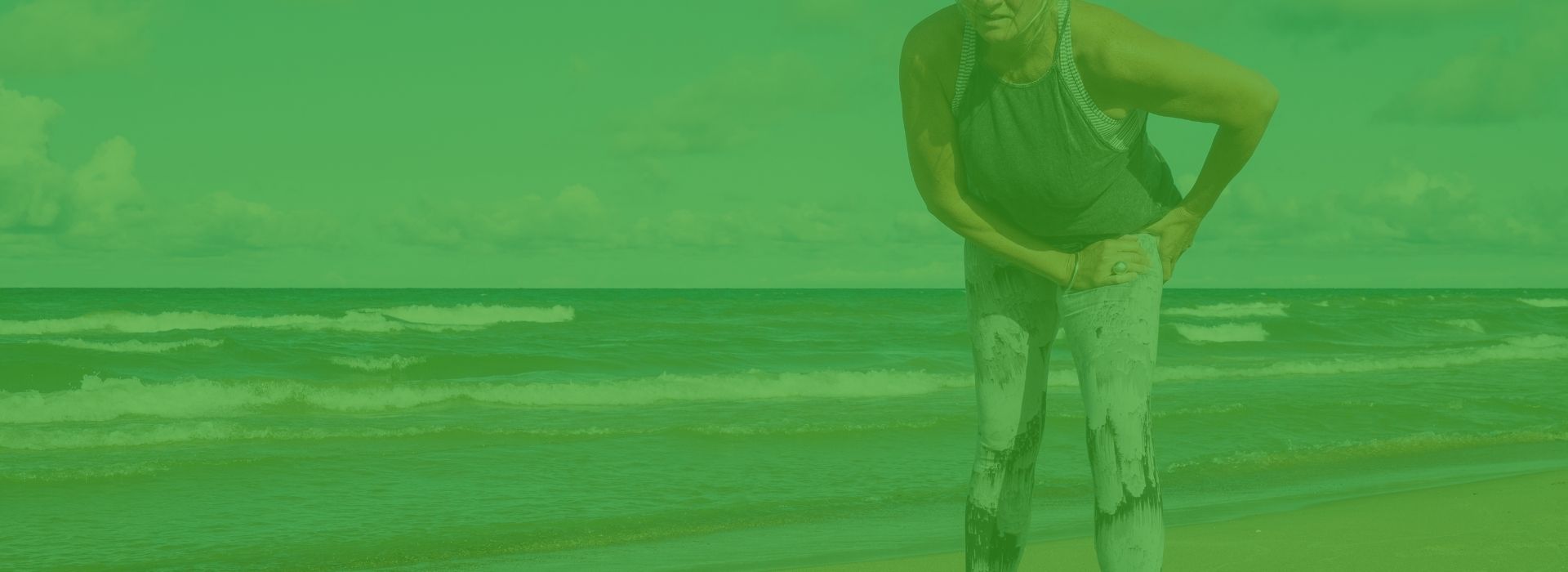Bursitis is inflammation of a bursa. Bursae are small fluid-filled sacs located between two adjoining structures, usually muscles, tendons and bones. The bursa reduce friction between the tendon and bone whilst assisting movement of the tendon over the bony surface.
Hip Bursitis does not cause joint deformity, but can cause significant pain and restrict movement. People that suffer from hip bursitis will often change their walking (aka gait) pattern to avoid pain when weight bearing on the affected leg.
Bursae are located outside the joint itself and primarily acts as a deloader. Since both tendons and bursae are located near joints, inflammation in these soft tissues may be mistaken for arthritis related symptoms.
However, arthritis involves inflammation within joints, whereas bursitis involves inflammation outside the joint.


SYMPTOMS OF HIP BURSITIS
The symptoms of bursitis may include:
- localised pain
- swelling
- a warm feeling in or around the affected area
- increased pain at night or with inactivity such as prolong sitting
- pain when sleeping on affected side or hip
- increase in movement will increase pain
- stiffness or restriction of hip range of motion
- reddening of the skin.
The shoulder, elbow, hip, knee and heel are also the most common sites of bursitis.
CAUSES OF HIP BURSITIS
Injury, direct blow such as a fall, repeated pressure and overuse are common causes of bursitis. Certain disorders (such as rheumatoid arthritis, gout and diabetes) can also contribute to its development.
Hip bursitis is generally is a acute or chronic in nature. Prolong underuse of the musculature stabilising muscles can contribute to the increased loading of the bursitis that is positioned between the ITB and the hip joint.
OVERUSE OR UNDERUSE INJURY
A common cause of bursitis is overuse of a particular body part, especially if that activity is performed awkwardly or with considerable pressure.
Examples of work-related activities that may trigger bursitis include production-line packing. Sports that can cause bursitis include jogging, tennis and squash where there is a lot of single leg twisting.
A sudden change in activities and time spent competing these activities can also be a causal factor. Weekend warriors trying to get the garden mulching done with the prolong bending, twisting and squatting in a short (eg: 2 hours) or long (>5 hours) can aggravated the tendon and bursa structures that are in close proximity to the hip. In saying this, going from being active to suddenly deloading in the form of sitting will also contribute to the hip bursa becoming aggravated.
Overuse injuries other than bursitis include:
- carpal tunnel syndrome – a painful disorder of the hand leading to increased pressure on the main nerve that runs through the wrist
- ganglion – a cyst on a tendon or joint capsule
- tennis elbow – inflammation of tendons surrounding the elbow joint
- tenosynovitis – inflammation of the tendons (the tough connective tissue that anchors muscle to bone).

DIAGNOSIS OF BURSITIS
Bursitis is generally detected as a tender, warm swelling at the site of a bursa. A diagnosis may include investigating and ruling out any other possible causes.
Tests performed to confirm or rule out bursitis may include:
-
- physical examination
- medical history
- x-rays, to rule out the possibility of any other condition
- ultrasound
- drawing off fluid from the bursa to rule out the possibility of infection.

TREATMENT FOR HIP BURSITIS: PHYSIOTHERAPY FOR HIP BURSITIS
Treatment will depend on the cause and biomechanics of the individual with bursitis. The treatment aims to alleviate the symptoms as much as possible while the healing process takes place.
Treatment options for Hip Bursitis may include pain-relieving medications, cold packs, gentle mobilising exercises, deloading taping of the bursa and modified rest and activity. Anti-inflammatory medications or injections of corticosteroids may be used in cases of severe pain but this should not be the first preference for physiotherapist. However this is individual to the symptoms and pain level of the patient.
It is important with hip bursitis that one seeks physiotherapy treatment as soon as possible to avoid secondary complications such as gluteus medius strength deficits, sciatica, knee pain or a flare up of pre-existing lower back issues.
If infection is present, warmth, redness, pain and swelling will be experienced in the affected areas. Treatment with an appropriate antibiotic is necessary. If the bursitis was triggered by a particular form of overuse, it is important to avoid that activity.
Correct posture and joint protection are useful. Advice can be given by your physiotherapist. Braces or splints can decrease the stress on the areas and support good alignment however for hip bursitis this is not the typical management strategy. After an acute attack, it is important to consider how recurrences can be prevented and this is normally via exercise prescription.
LONG-TERM MANAGEMENT OF BURSITIS
Your physiotherapist can offer suggestions and strategies to reduce your risk of developing bursitis again.
To prevent recurrence of work-related hip bursitis:
- Use ergonomically-designed furniture and equipment or have an OHS assessment.
- Take regular breaks before the pain starts to increase above 3/10 on the VAS (pain) scale.
- Do simple stretching or strengthening exercises for 2-5 minutes every hour or when pain starts to increase.
- Reviewing footwear and knee biomechanics.
To prevent recurrence of sport-related hip bursitis:
- Warm up the hip thoroughly by stretching and gently going through the motions of your chosen sport.
- Ensure you use good form and regularly practice strengthening and conditioning exercises that complement your particular sport.
- Cool down thoroughly with gentle, sustained stretches.
- Make sure footwear and equipment are appropriate for you.
- Modified activities and at times a reduction of full weight-bearing loading.
To prevent recurrence for our weekend warriors:
- Modified exercise during the week such as aqua aerobics.
- Continuation of focal strengthening exercises of the hip.
- Reviewing footwear and knee biomechanics.
- Learning that the all or nothing approach should not occur! Preplan your tasks and complete accordingly as per your symptoms.
- Know your physical limitations.

THINGS TO REMEMBER
- Hip bursitis is inflammation of a bursa around the hip.
- Bursae are small sacs that contain fluid to lubricate moving parts, such as joints, muscles and tendons.
- Common causes of bursitis include injury, underuse and overuse.
- Physiotherapist can assist with improving symptoms of hip bursitis

